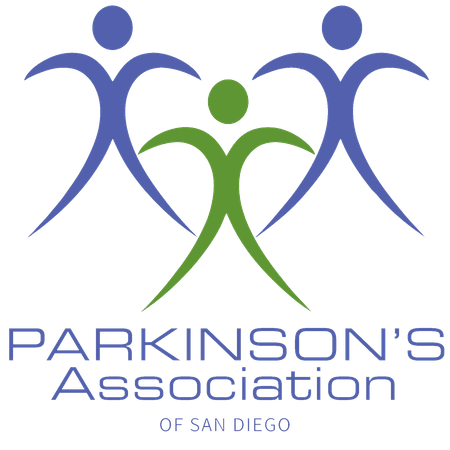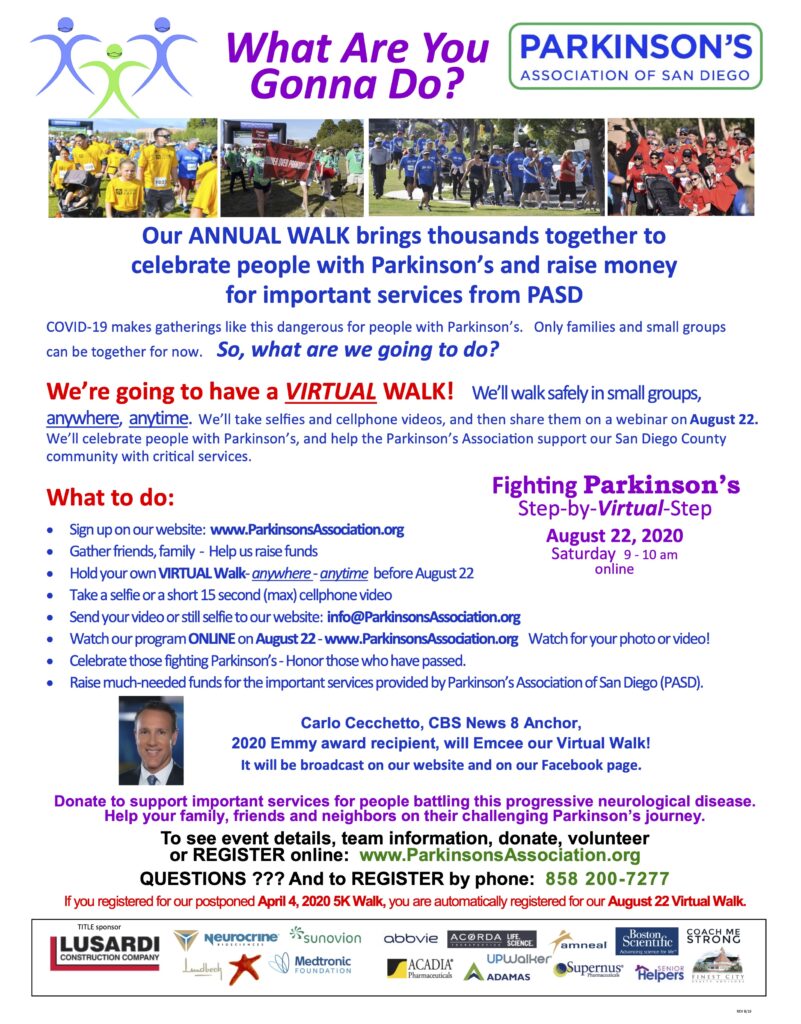Leadership Training Chapter 6 – Levels of Learning
Chapter 6 – Levels of Learning and Building Block Education
Rote, Understanding, Application, Correlation
In the earlier section on common ground we learned that knowledge transfer can only happen if both the trainer and the trainee know the material. We also had a brief introduction to levels of learning.
Using common ground as a training technique, the trainer is charged with finding something that is “common” to both parties. This generally involves backing up, or simplifying a topic, until both sides are on the same page, then using that as the basis to move forward.
In levels of learning we are going to look at very specific techniques of training. Although levels of learning can be applied to almost anything, we are going to focus on training physical or tactile skills – sports and recreation, software coding, manufacturing, etc.
Levels of learning and building block education go hand in hand. They are two ways of saying almost the same thing.
Training using levels of learning and building block techniques provide some of the most successful outcomes of any communication or knowledge transfer situation. To review:
Here are the four levels:
- Rote
- Understanding
- Application
- Correlation
Here is a snapshot of what the levels are:
- Rote learning is memorization.
- Understanding is how something works.
- Application is why something works.
- Correlation is how to manage a skill in a new situation.
Rote
At the rote level, a trainee or team learns to do something by memorizing. Monkey see, monkey do.
Let’s use bicycles as an example. It’s time to train someone about bicycle wheels. Using common ground, we’ll first back up to find something most people have some experience with, in this case we will use pumping up a bicycle tire. At the rote level, we are going to show the trainee a tire, a valve, a wheel, and a pump. We’ll show them just three parts of the pump – the handle that goes up and down, the air pressure gauge, and the thing that goes on the tire valve, called a “chuck.” We’ll train them to put the chuck on the valve and move the handle up and down. We’ll tell them to move the handle up and down until the pressure gauge reads 100 psi/7 bar. Then we’ll show them how to remove the chuck and close the valve. Then they will practice that.
It is possible to stop the training at this level, and the trainee could become very proficient at pumping up bicycle tires. But there is so much more. There are two common types of bicycle tire valves: presta and schrader. There are tires and wheels for road bikes, mountain bikes, beach cruisers, and baby strollers. There are floor pumps, hand pumps, and high pressure inflator cartridges.
If you stop your training at the rote level, you have to retrain for each new part. There is no understanding, no application, and certainly no correlation. Let’s go to the next step.
Understanding
Understanding is how something works. At this level we would explore the different valve types, how to take the valves apart, how to remove a tire from the rim and replace the tube. We might dismantle and service the pump. We could also look at the limitations of various types of pumps. We would look at pressure vs. volume in a tire.
Understanding is the basis, or backing for rote learning. Understanding provides a basic education and gives someone the ability to begin to make informed choices around the topic. Rote makes more sense after the understanding stage is completed. Many education and training programs stop at the
understanding level. This is often due to the skill set of the instructor. If the instructor only grasps something at the understanding level, he or she can only teach it at that level.
This is where the path to mastery starts to come into play. To train properly, you have to know two things: you must know your content, and you must know how to present it. You must be a master of your content to teach it.
Application
This is the “how” stage. In our bicycle example, we would explore how various riders have differing needs for tires, wheels, and tire pressure. We would look at the needs in various cycling markets – recreational road cycling, racing on road bikes, racing on mountain bikes, recreational mountain biking. We would explore the beach cruiser market, the kids’ bike market.
The application stage of learning gives us the ability to make informed choices based on our direct training. In other words, your trainee will be able to apply the learning to the topic. At this stage it is important to introduce some “failures” or common problems and basic solutions to those problems. But what happens in new situations that have not been covered by training?
Correlation
Correlation is the thinking stage. This is what we are preparing every trainee for. Staying with our bicycle example, someone comes to you with a road bike and says she is doing a 120-mile/200km bike ride with 40km of gravel and dirt roads and paths. Rote learning taught you how to pump up a tire, understanding taught you how all the parts of the pump and tire work, application gave you a background and ability to explore the uses of tires and wheels in great depth. Now, in correlation, you can apply that to new situation. You can figure out solutions to new problems, in this case one ride, partly on road, partly on gravel.
We generally teach the correlation stage through “critical skills training,” or “scenario based training.” These are situations where problems are presented in a simulated environment. In our bicycle example, we would take our 120 mile road/gravel ride and add rain and wet roads…how does that change tire choice and pressure. In aviation, we would put someone in a simulator and start to fail various instruments and systems, forcing the pilot to think his/her way out of that troubling situation in a safe or simulated environment. In software coding, we would look at what happens when the power goes out or the computer crashes at various stages of development.
Teaching at the correlation level requires careful planning and, in some situations, careful attention to safety. But the look on the students’ faces when they have successfully negotiated a new situation by solving a series of problems they have not seen before, that’s amazing.
Building Block Training
Building block training is another term that defines the process of education in a way students and trainees can understand, absorb, and retain.
Common ground is a form of building block training. Using levels of learning is also a form of building block training. Building block training takes a topic that everyone understands, then adds to it, and adds to it, and adds to it.
Always focus on giving your students, trainees, and teams information they can understand and digest. It is better to cover half the material completely rather than all the material in a way that cannot possibly be retained.
One Final Example
Here is one more example of how this works, this time using firearms training.
- Rote – Line up the sights and pull the trigger. Some training on position, breathing, etc.
- Understanding – Gun cleaning and maintenance, how the gun works, various calibers, configurations, barrel lengths, rifling, etc.
- Application – The right gun for the right job, speed vs.
accuracy, common failures, wind, etc. - Correlation – How to mange all the above skills while
someone is shooting at you – every second you are faced with a situation you have not seen before and you must know how to react to that situation.
Our goal is always correlation.
EXERCISE – LEVELS OF LEARNING
This exercise explores levels of learning and building block education. Break into teams and choose a topic that you know well. Create a lesson plan that moves the student from rote, to understanding, to application, to correlation. In this exercise, you will explain your thought process of how and why you created the lesson the way you did, and how you plan on moving your trainees through the four levels of learning. Utilize some form of scenario-based training for the correlation stage.


